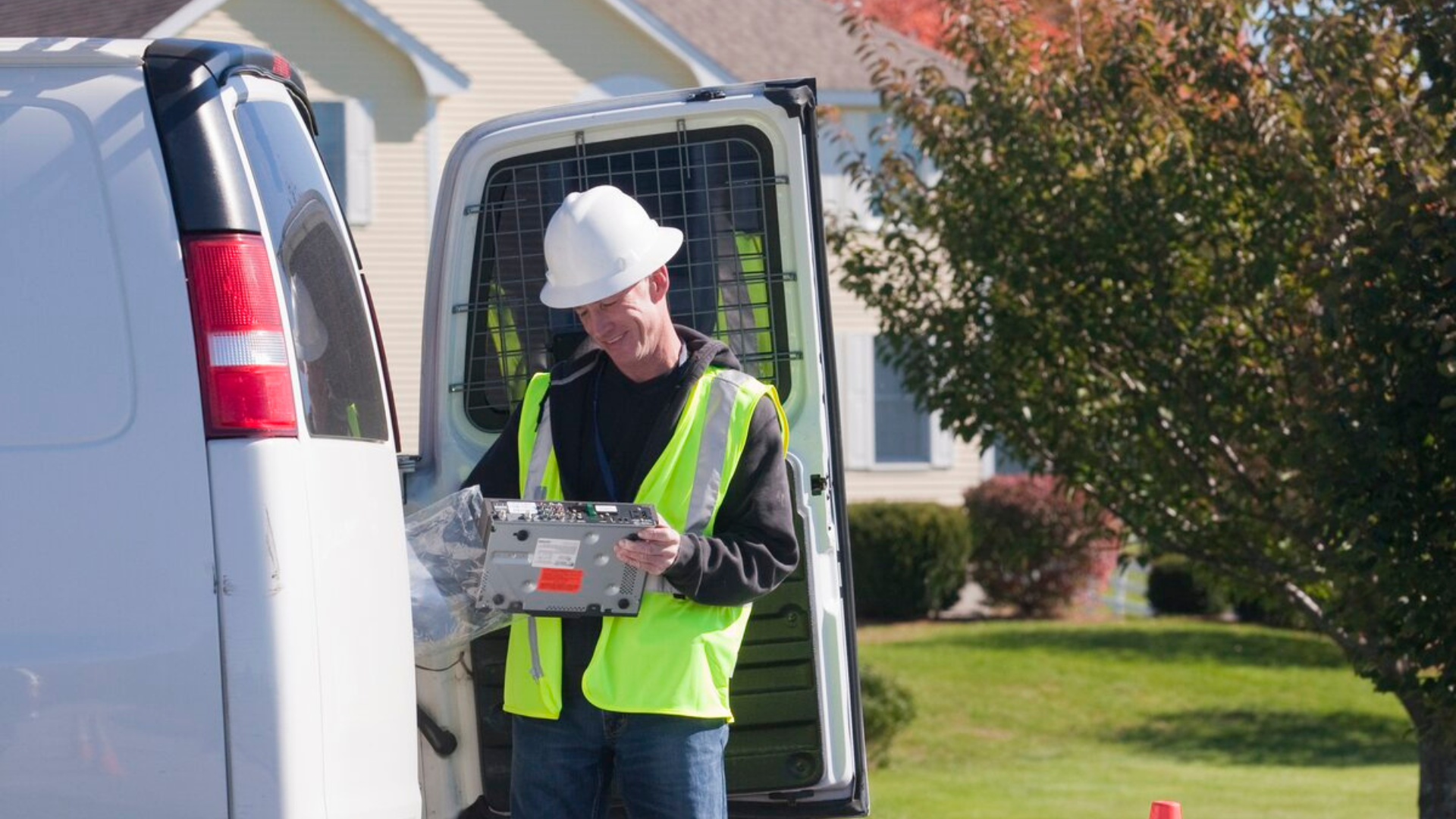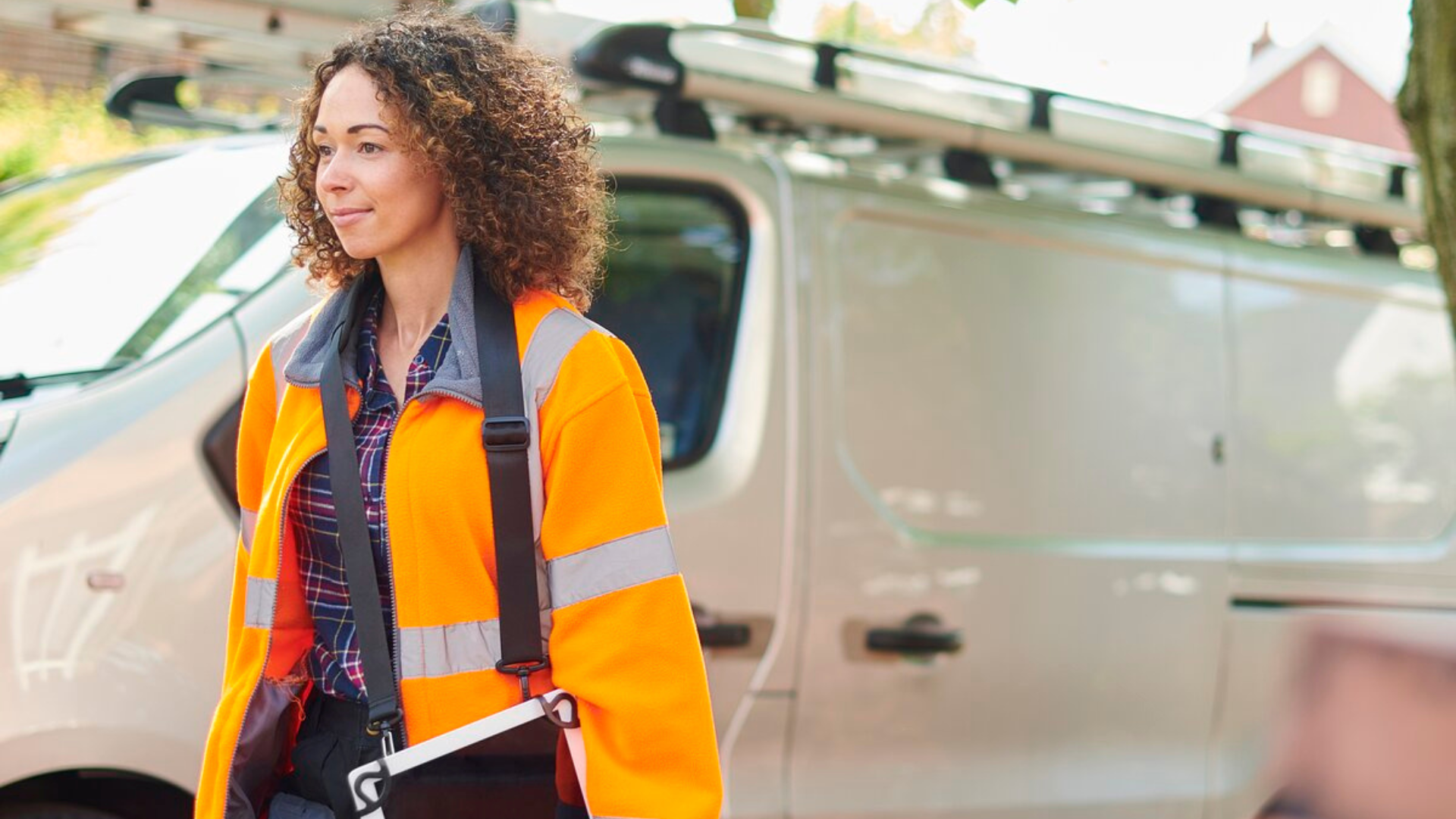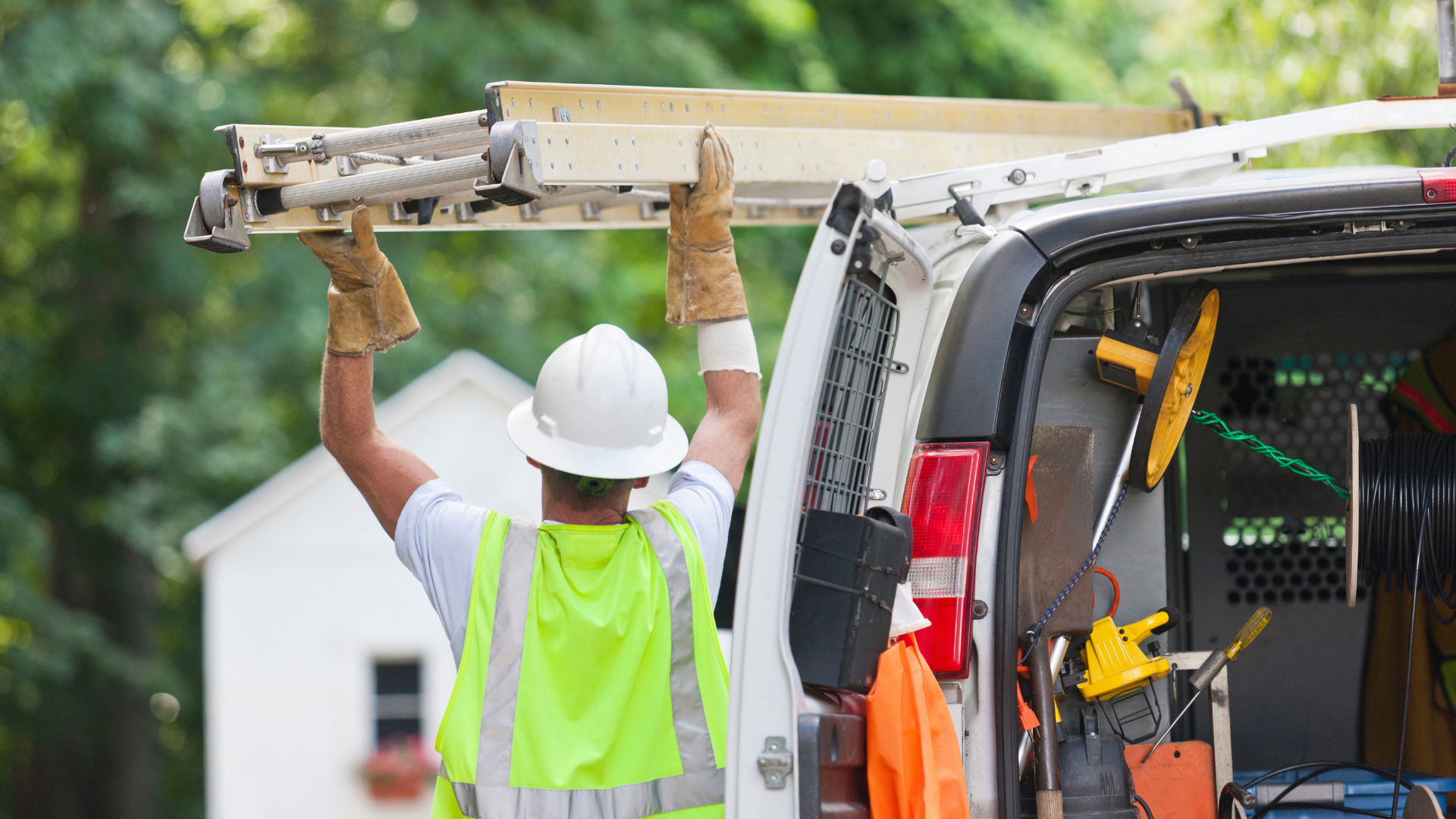How integrated data can help last mile fleets move towards 100% EV adoption

Aug 29, 2025
.jpeg)
For last mile fleets, early electrification programmes will focus on the low-hanging fruit; vans with predictable, low mileage routes that park at the same depot every night. While this might represent a significant proportion of your fleet, scaling up to 100% EV adoption can still present a significant operational challenge. The most notable complexity is in building the necessary charging infrastructure to support these vehicles, and ensuring this is used efficiently and cost-effectively while maintaining business continuity.
In this blog article, we look at how last mile fleets can navigate a smoother path to a fully electric fleet with the help of integrated fleet and charging data insights.
Minimise the charging requirements of your existing EVs
Reducing the load on your depot charging infrastructure is critical to enable you to increase the number of EVs that can charge at each site. Eco-driver training not only extends an EV’s range, but also means that they will return to the depot with a greater level of battery charge, requiring less charging to get them ready for the next shift. Managers can then actively monitor each driver’s energy efficiency so that they can be provided with additional training if it falls below the fleet benchmarks.
Geotab success story - energy efficiency training reduces charging demandsEquipped with data on each driver’s energy efficiency, managers at bpost were able to coach the drivers with poorer efficiency, to improve the range of their EVs and reduce charging frequency. The driver needed to understand that driving an EV in an energy-efficient manner wasn’t the same as for an internal combustion engine (ICE) vehicle. They also needed data-backed training to understand that they had sufficient range to complete their routes, even when they didn’t start the day with a fully charged battery, increasing their range confidence. |
Minimise unnecessary charging events by integrating telematics and charge management systems
The efficient scaling of electric vehicles will rely on seamless integration between your fleet telematics solution and the Charge Management System (CMS). This will help you to avoid peak demand charges, balance loads to avoid site overload, and orchestrate charging to maximise charger utilisation and ensure all vehicles are ready when needed.
By using connected vehicle insights to analyse each vehicle’s current state of charge (SOC) data, the driver’s average energy efficiency, and the range requirements of their next scheduled shift, the CMS can be instructed with the exact level of charge that each vehicle will require to comfortably complete the following day’s route.
For last mile operations with consistent route structures, this can allow for alternate charging schedules to be created, where select vehicles may be charged only every two or three days. This provides the opportunity to further reduce the demand on charging infrastructure.
Geotab success story - reducing infrastructure demands with alternated chargingWith Geotab’s rich data on route distances and EV range capabilities, together with live battery SOC monitoring, bpost’s sustainability program management team was able to assess exactly how often each vehicle needed to charge, and create a system of alternated charging to significantly reduce the site power demands. Some vehicles are now only charged every 2, 3 or even 4 days, with confidence that the vehicles could safely complete their routes. The connectedness of the charging data with the route data allowed for dynamic route schedules that linked the right vans to the right routes, based on their remaining range capabilities. |
Identify external dwell locations to reduce depot charging demands
Some fleet telematics solutions provide vehicle dwell time analysis, together with heat maps that show the locations where fleet vehicles are consistently resting over the course of the day. By overlaying these heat maps, fleets can identify where public infrastructure could be utilised, or where a charging point could be installed at a customer premises to extend range and spread the need for power over the day. If a number of vehicles regularly stop in one location for an hour a day, a 22kW charger could help to minimise headroom at the depot.
Integrate photovoltaics and battery storage
As fleets need to provide charge for an increasing number of vehicles, it will become increasingly important to be able to integrate the charging infrastructure with solar panels, together with sufficient on-site battery capacity. Fleets may also look at vehicle-to-grid technologies, using the vehicles as mobile batteries when they return to the depot. These considerations require full data integration between the vehicle telematics system, the charging infrastructure, and the charge management software to assess how the vehicle batteries can be used as part of the infrastructure, and how the infrastructure could best support the vehicles.
Future-ready fleets are data-driven
Planning for a 100% electric fleet is a journey, with insights from each stage informing the next step. With a fully integrated system that links vehicle telematics data with the charge management software and the charging infrastructure, last mile fleets can make smarter decisions and move forward with greater confidence.
Download the free last mile fleet sustainability ebook to learn practical strategies for fleet decarbonisation, including how to scale your electric vehicle operations.
Subscribe to the Geotab Blog

Senior Marketing Specialist, SWE at Geotab
Table of contents
Subscribe to the Geotab Blog
Related posts

How integrated data can help fleets scale up their EVs
November 5, 2025
2 minute read


How to reduce the carbon footprint of your current vehicles
November 5, 2025
2 minute read

Practical strategies for bus fleets to cut fuel costs and carbon emissions
November 3, 2025
2 minute read

The need for unified EV data to maintain electric bus condition
November 3, 2025
2 minute read

How last mile fleets can initiate their electrification journey
August 29, 2025
3 minute read